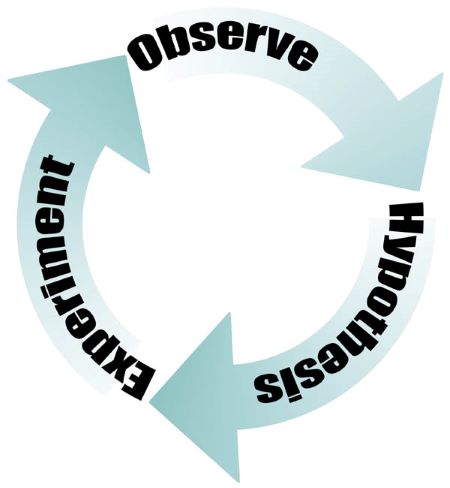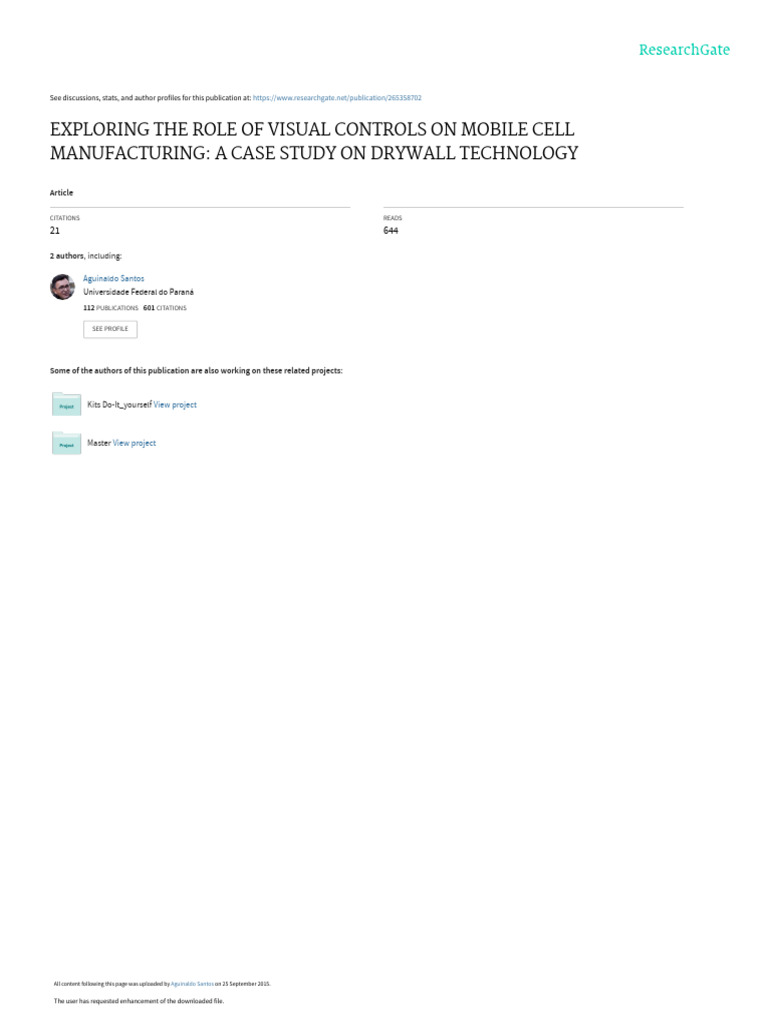Understanding the Control in Your Experiment: Key Insights

Understanding the Control in Your Experiment: Key Insights
In any scientific experiment, the control group is the cornerstone of reliability and accuracy. It serves as the baseline against which all other variables are measured, ensuring that your results are valid and reproducible. Whether you’re a researcher, student, or industry professional, mastering the concept of control is essential for drawing meaningful conclusions. This post explores the importance of control in experiments, its types, and best practices to optimize your research.
Why is Control Critical in Experiments?

The control group acts as a reference point, isolating the effects of the independent variable. Without it, external factors could skew your results, leading to incorrect interpretations. For instance, in a drug trial, the control group receives a placebo to determine if the drug itself causes the observed effects.
💡 Note: A well-designed control group eliminates confounding variables, ensuring your findings are attributable to the tested factor.
Types of Control Groups

1. Negative Control
A negative control ensures the experimental setup is functioning correctly. It tests the baseline condition where no variables are manipulated. For example, in a chemistry experiment, a negative control might involve using distilled water to confirm reagents aren’t contaminated.
2. Positive Control
A positive control verifies that the experiment can detect a known effect. It uses a treatment with a proven outcome. For instance, in a microbiology study, a positive control could involve using a known antibiotic to confirm the test organism responds as expected.
Best Practices for Designing Controls

- Match the Control to the Experiment: Ensure the control group is identical to the experimental group except for the variable being tested.
- Randomization: Randomly assign subjects to control and experimental groups to minimize bias.
- Sample Size: Use a sufficient sample size to ensure statistical significance.
- Blinding: Implement single or double-blinding to prevent bias in data collection and analysis.
| Practice | Benefit |
|---|---|
| Matching Control | Reduces confounding variables |
| Randomization | Ensures unbiased group assignment |
| Blinding | Prevents observer bias |

Common Mistakes to Avoid

- Ignoring Controls: Failing to include a control group renders your experiment invalid.
- Inconsistent Conditions: Ensure control and experimental groups experience identical conditions except for the tested variable.
- Overlooking Positive Controls: Omitting positive controls can lead to false negatives or inconclusive results.
Checklist for Effective Control Design

- [ ] Define the purpose of your control group.
- [ ] Match control and experimental conditions.
- [ ] Randomize subject assignment.
- [ ] Include positive and negative controls where applicable.
- [ ] Ensure adequate sample size for statistical power.
📌 Note: Always document your control design and rationale for transparency and reproducibility.
Wrapping Up
Mastering control in experiments is fundamental to producing reliable and actionable results. By understanding its types, implementing best practices, and avoiding common pitfalls, you can enhance the credibility of your research. Whether you’re testing a new product or conducting academic research, a well-designed control group is your key to scientific integrity.
What is the purpose of a control group?
+A control group serves as a baseline to compare against the experimental group, ensuring that observed effects are due to the manipulated variable.
Why is randomization important in control design?
+Randomization minimizes bias by ensuring that subjects are evenly distributed between control and experimental groups.
Can an experiment have both positive and negative controls?
+Yes, experiments often include both to validate the test setup and confirm the detection of expected effects.
experiment design, control group, scientific research, experimental validity, research methodology


